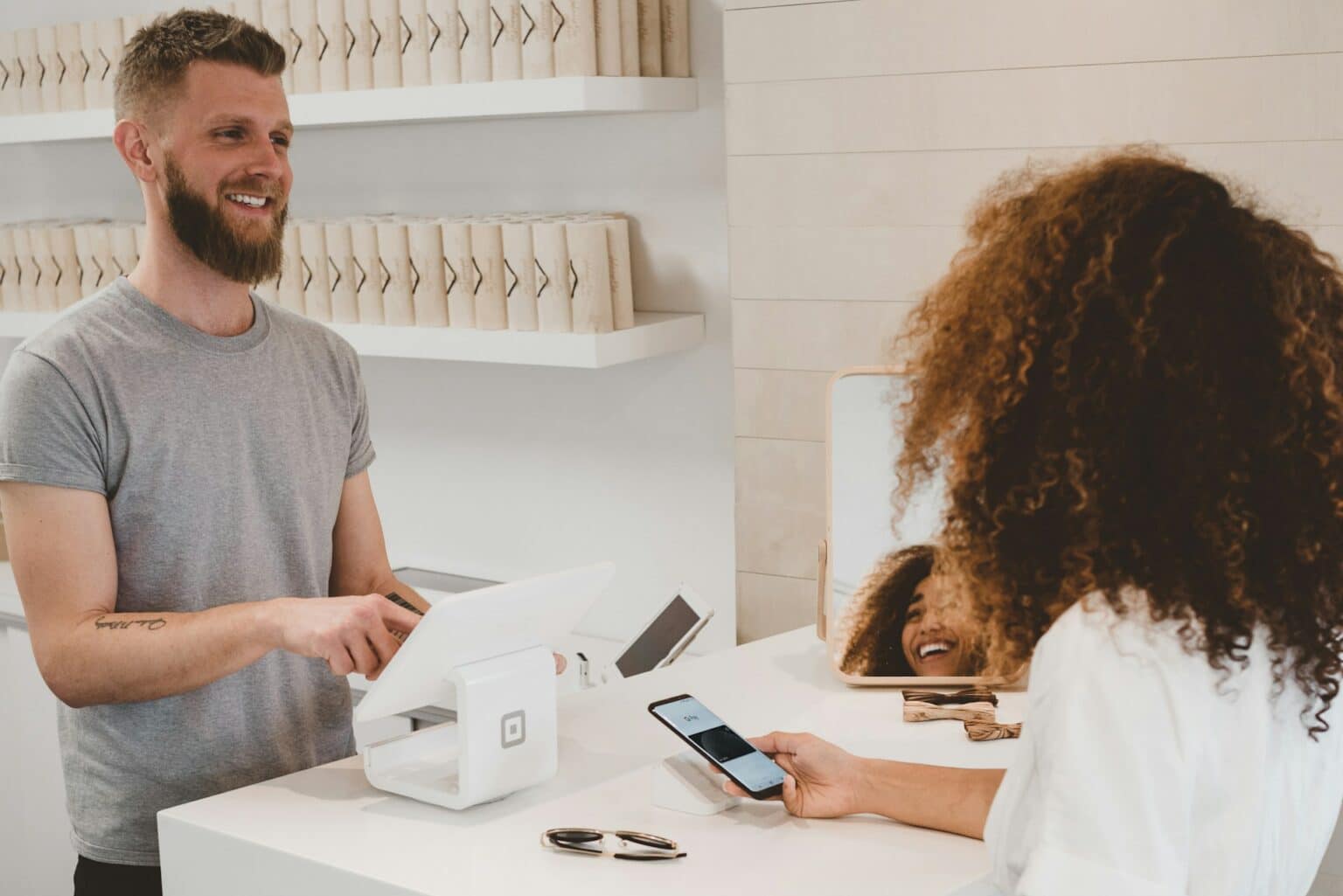Creating a customer loyalty program is one of the most powerful steps any business can take to boost repeat purchases, improve customer engagement, and drive growth—but as many brands discover, the journey is full of pitfalls.
Whether you’re a multinational retailer or running a loyalty program for a small business, knowing how to create a loyalty program that truly resonates with your customers can mean the difference between success and wasted effort.

Too often, companies eager to reap the rewards of membership programs fall into the same traps—mistakes that can cost you loyal fans, drain resources, and damage your brand.
But don’t worry! This article uncovers the seven most common mistakes when creating a customer loyalty program, explains why they happen, and—most importantly—shares practical strategies to help you avoid them.
Along the way, we’ll use real-world examples of customer loyalty programs, discuss membership rewards, and offer actionable customer engagement strategies. Ready to discover how to increase customer loyalty and avoid the biggest blunders? Let’s dive in!
7 Common Mistakes When Creating a Customer Loyalty Program (And How to Avoid Them)
1. Failing to Understand What Customers Value
When creating a customer loyalty program, a common misstep is assuming you know what your customers want—without actually asking them. Many companies rush to launch points or membership rewards before researching what would genuinely delight their audience.
Why This Happens:
- Brands often base rewards on margins or inventory, not customer feedback.
- They default to discounts, thinking it’s the shortcut to loyalty.
- Programs lack options: not every customer wants the same reward.
Real-World Example:
A boutique grocery chain created a loyalty program focused exclusively on discounted bakery items. However, their customer base—which valued fresh produce and specialty imports—barely participated. The program flopped until they broadened the selection.
How to Avoid This Mistake:
- Survey your customers! Use quick polls, post-purchase emails, or ask in-store what rewards matter.
- Analyze purchase data for trends (like preferred categories, purchase frequency, offer response).
- Test reward ideas with a pilot group, gather feedback, and iterate.
- Give members a choice between different perks (discounts, free items, exclusive experiences).
Pro Tip:
Personalization is key in 2025. Use modern loyalty software to segment offers and tailor rewards—members feel special, and ROI goes up.
2. Making the Program Complicated or Inconvenient
Would you join a program with a 12-step enrollment or a confusing point system? Customers won’t stick around if they can’t easily understand how to earn, track, and redeem membership rewards.
Why This Happens:
- Overly complex tiers, confusing language, or technical hurdles.
- Poorly designed apps/websites; offline businesses don’t link physical and digital touchpoints.
Examples of Customer Loyalty Programs Gone Wrong:
Early credit card rewards often required paper forms and waiting months for points redemption—minimal engagement and frustration. Contrast this with Starbucks Rewards, where customers instantly earn and redeem points via their app.
How to Avoid This Mistake:
- Simplify, simplify, simplify. Make “how to create a loyalty program” your mantra—reduce clicks, lines, and forms.
- Clear point structures (e.g., “Earn 1 point per $1,” “Collect 10 points, get a free coffee”).
- Promote omnichannel access: in-app, online, in-store.
- Use digital member cards, QR codes, or automated tracking.
Fun Fact:
Starbucks’ seamless mobile integration is a gold standard: members check balances, earn stars, and order—driving both loyalty and sales!
3. Neglecting Regular Engagement and Communication
Loyalty doesn’t grow in silence! Too many brands let their programs fade into the background, contacting members only to push sales. As a result, your program risks becoming “set it and forget it”—for both you and your customers.

Why This Happens:
- Limited resources for campaign management.
- Perception that “loyal” customers need less attention.
- Fears of over-communication (the ‘annoyance’ myth).
How to Avoid This Mistake:
- Build a welcome sequence: thank new members, explain benefits, and spotlight rewards.
- Regularly update customers on their points, perks, and exclusive offers.
- Share engaging content (tips, member-only events, contests).
- Personalize outreach—use names, purchase history, and relevant recommendations.
Customer Engagement Strategies:
- Offer surprise-and-delight bonuses (“double points today!”).
- Share stories of real members redeeming rewards.
- Celebrate milestones (birthdays, program anniversaries).
4. Overlooking Easy Redemption and Instant Gratification
One of the fastest ways to kill enthusiasm is making it hard or slow to use earned rewards. Long waiting periods, blackout dates, high minimums, or expired points quickly erode trust.
Why This Happens:
- Programs use breakage (unused points) as a profit center.
- Systems are outdated, or rewards are scarce and hard to claim.
How to Avoid This Mistake:
- Allow instant redemption for small rewards (don’t just push “big wins”).
- Be transparent about how and where to use points—visible in the app, website, and receipts.
- Automate notifications when members are close to reward thresholds.
- Reduce friction: digital codes, auto-load offers, minimal steps.
Real Example:
Sephora’s Beauty Insider program lets members redeem points for both small and large perks at checkout—so no matter your point balance, you feel valued.
5. Failing to Measure and Optimize Program Performance
If you’re still asking “Is our loyalty program working?” months after launch, you might miss valuable opportunities—or spot problems too late.
Why This Happens:
- No clear metrics or KPIs from the outset.
- Siloed data (split between online/in-store or departments).
- Focus on signups over engagement and active usage.
How to Avoid This Mistake:
- Set SMART objectives (how to increase customer loyalty: “boost repeat visits by 20% in six months”).
- Measure not just enrollments, but engagement (reward redemption rates, frequency of purchases, referral numbers).
- Use data analysis to spot drop-offs—do members stop participating after joining? Are points not being redeemed?
- Regularly survey members about their satisfaction and suggestions.
Pro Tip:
Even small businesses can use affordable loyalty software with built-in analytics to see what’s working (and what’s not).

6. Ignoring the Needs of a Diverse Customer Base
Creating a customer loyalty program designed only for your “best” customers or high spenders leaves everyone else feeling left out. It can also alienate segments who prefer different shopping experiences—online vs. offline, millennials vs. baby boomers, frequent vs. occasional shoppers.
Why This Happens:
- One-size-fits-all rewards or inaccessible membership levels.
- Overly digital programs that exclude less tech-savvy customers.
- Lack of inclusivity in marketing and reward options.
How to Avoid This Mistake:
- Offer different paths to earn rewards (purchase, engagement, referrals, reviews).
- Blend digital and physical touchpoints: enable in-store signups, print materials, and online tools.
- Ensure rewards are relevant for various demographics (family perks, student deals, eco-friendly options).
Customer Engagement Strategies:
- Let members choose between reward types: discounts, donations to charity, gifts.
- Localize offers for small business loyalty programs—what makes your community unique?
7. Underestimating the Power of Staff Engagement
Your team plays a huge role in how to create a loyalty program that thrives. Uninformed or unenthusiastic staff can derail even the best-designed system.
Why This Happens:
- Staff are not trained or incentivized to enroll and nurture members.
- Lack of internal communication and ownership of the loyalty program.
- Focus on the technology over the human touch.
How to Avoid This Mistake:
- Train frontline employees on program benefits, enrollment, and troubleshooting.
- Empower staff with tools to enroll members swiftly and recognize VIPs.
- Reward your team for promoting and improving the program.
- Encourage feedback—staff hear what customers really think!
Best Practices and Inspiration: Examples of Successful Customer Loyalty Programs
Let’s look at some examples of customer loyalty programs that get it right—great inspiration for your own journey!

Starbucks Rewards
- Mobile-centric, frictionless rewards and payment.
- Personalized offers tied to purchase behavior.
- Members feel “in the know” and earn stars for every visit.
Sephora Beauty Insider
- Tiered structure with escalating perks.
- Instant access to member-only products, Birthday gifts.
- Beauty classes and exclusive events increase engagement.
Amazon Prime
- Paid membership with a focus on perceived value (shipping, streaming, deals).
- Drives sticky engagement with a full ecosystem of benefits.
Local Bookstore Loyalty (for Small Business)
- Earn stamps with every purchase; get a free book after 10 visits.
- Hand-written thank you notes and author events for members.
- System blends digital receipts with printed cards for all ages.
How to Create a Loyalty Program That Works
Ready to start creating a customer loyalty program? Here’s a concise checklist to guide your journey:
- Define your goals (customer retention, larger basket size, referrals).
- Know your audience (survey, analyze, segment).
- Choose a simple, flexible structure (points, tiers, hybrid).
- Personalize and keep rewards meaningful.
- Make enrollment and usage easy—online and offline.
- Engage staff and empower your team as program ambassadors.
- Track, measure, and improve—listen to feedback and act on data.
- Celebrate and highlight member stories, rewards, and successes.
Creating a customer loyalty program in today’s world is a dynamic, rewarding challenge. By understanding and avoiding these seven common mistakes, you’ll be poised to craft a membership rewards system that stands out and delivers lasting results.
Remember: it’s not just about discounts or points—it’s about building a relationship, fostering real customer engagement, and showing genuine appreciation.
Whether you’re running a loyalty program for a small business or a global brand, always put your customer at the center, listen and adapt, and keep your program flexible and fun. That’s the difference between another card in their wallet and a loyalty program that truly earns their love. Good luck!
